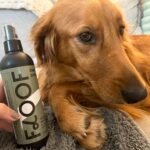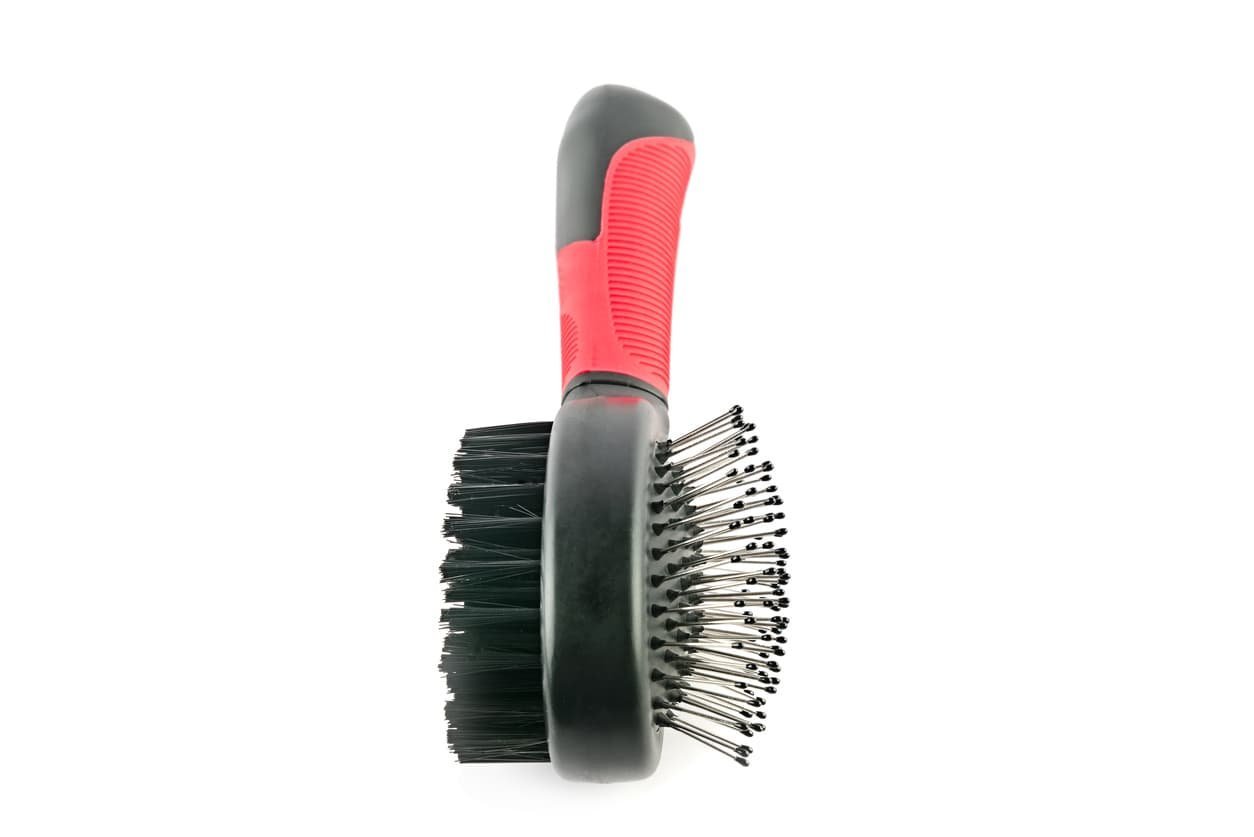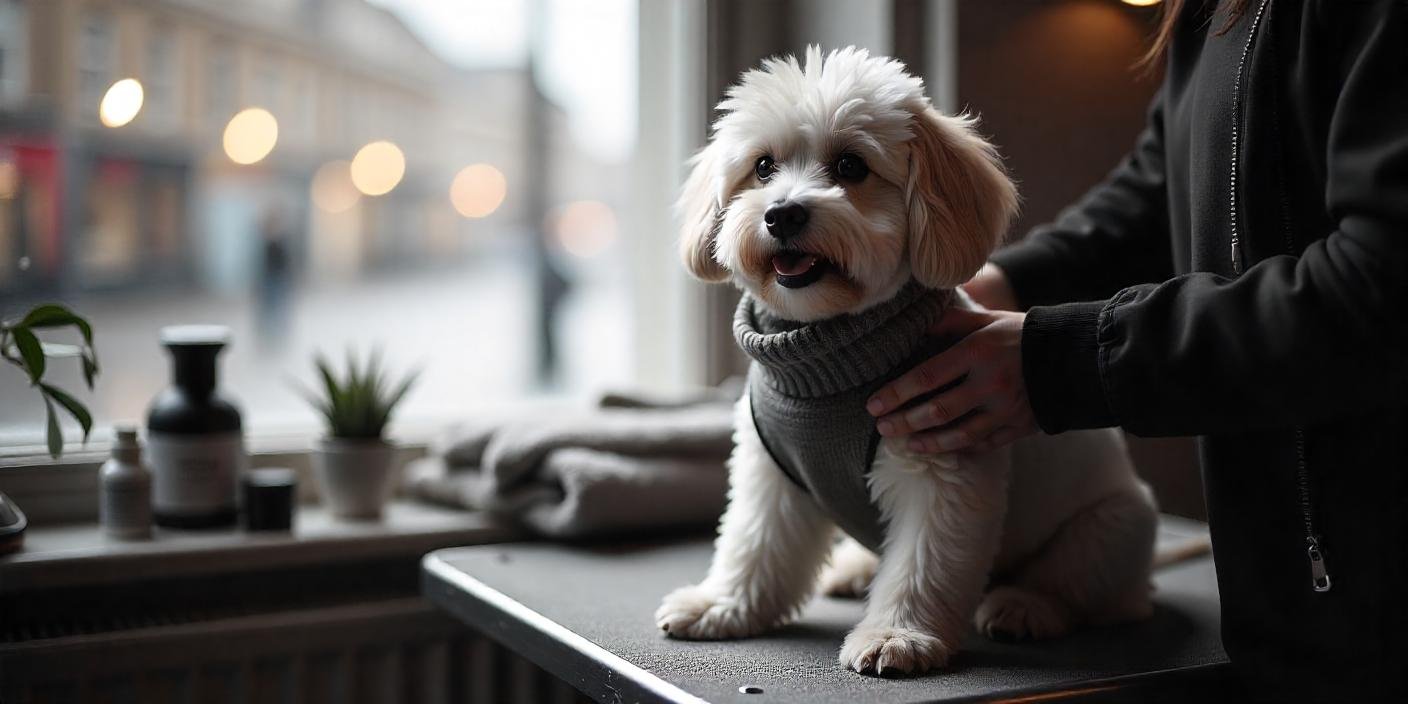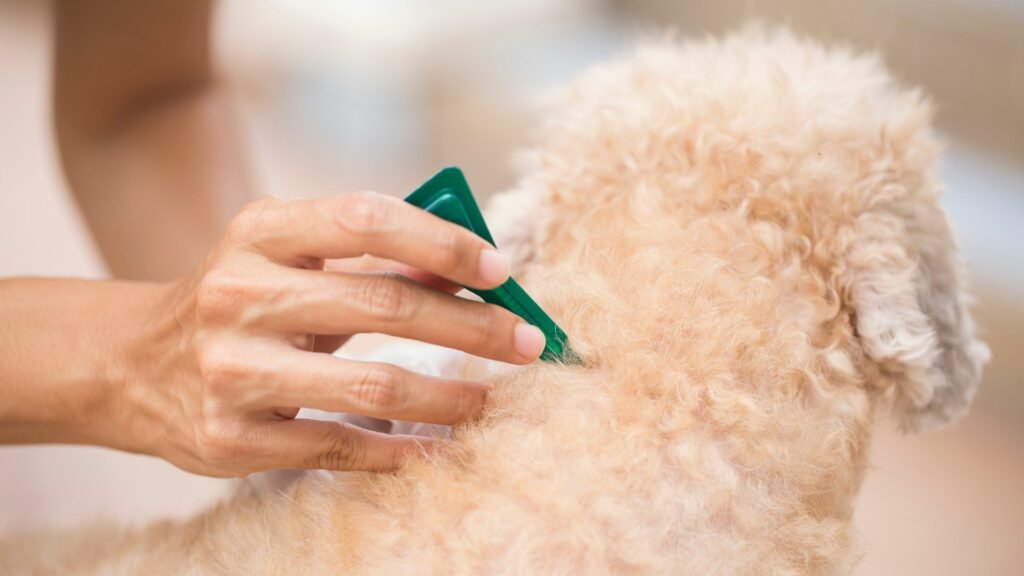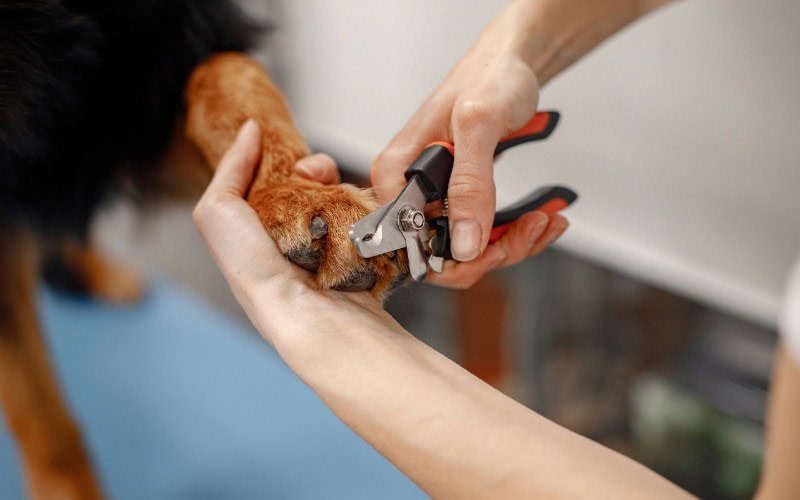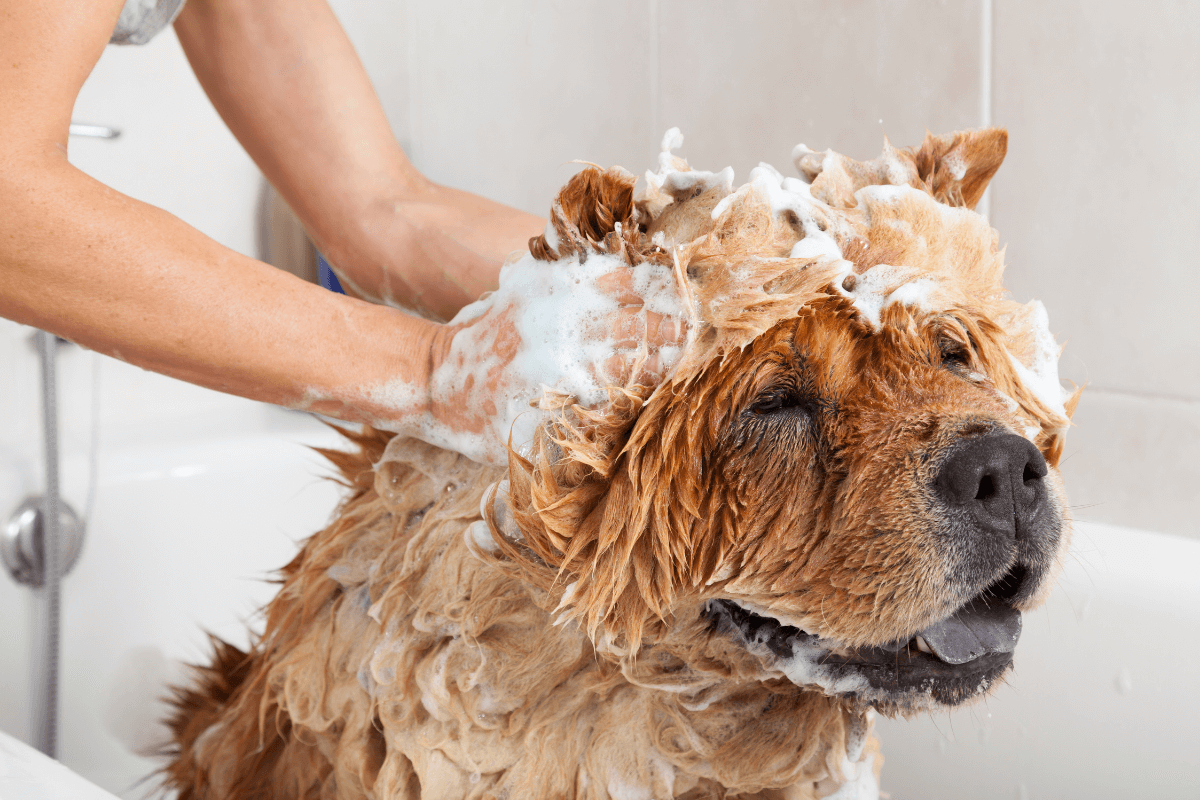Finding the right dog brushes for different coat types is essential for keeping your furry friend looking and feeling their best. Each dog has a unique coat that requires specific grooming tools to maintain its health and appearance. In this article, we’ll guide you through various coat types and recommend the best brushes to keep your dog’s coat clean, shiny, and tangle-free.
Relaxing Moments for Pet Owners: Enjoying Leisure Time Responsibly
Taking care of your dog’s grooming needs can be a rewarding but time-consuming task. After a busy day of pampering your furry friend, it’s important for pet owners to find ways to unwind. Many enjoy engaging with online entertainment platforms, like those offering a no deposit sign up bonus casino australia, which provide a stress-free way to relax without upfront commitments.
Understanding Dog Coat Types
Before we discuss the best brushes, it’s important to understand the different types of dog coats. Dogs can have short, long, curly, or wiry coats, and each type requires a different grooming approach. Knowing your dog’s coat type will help you choose the right tools for effective grooming.
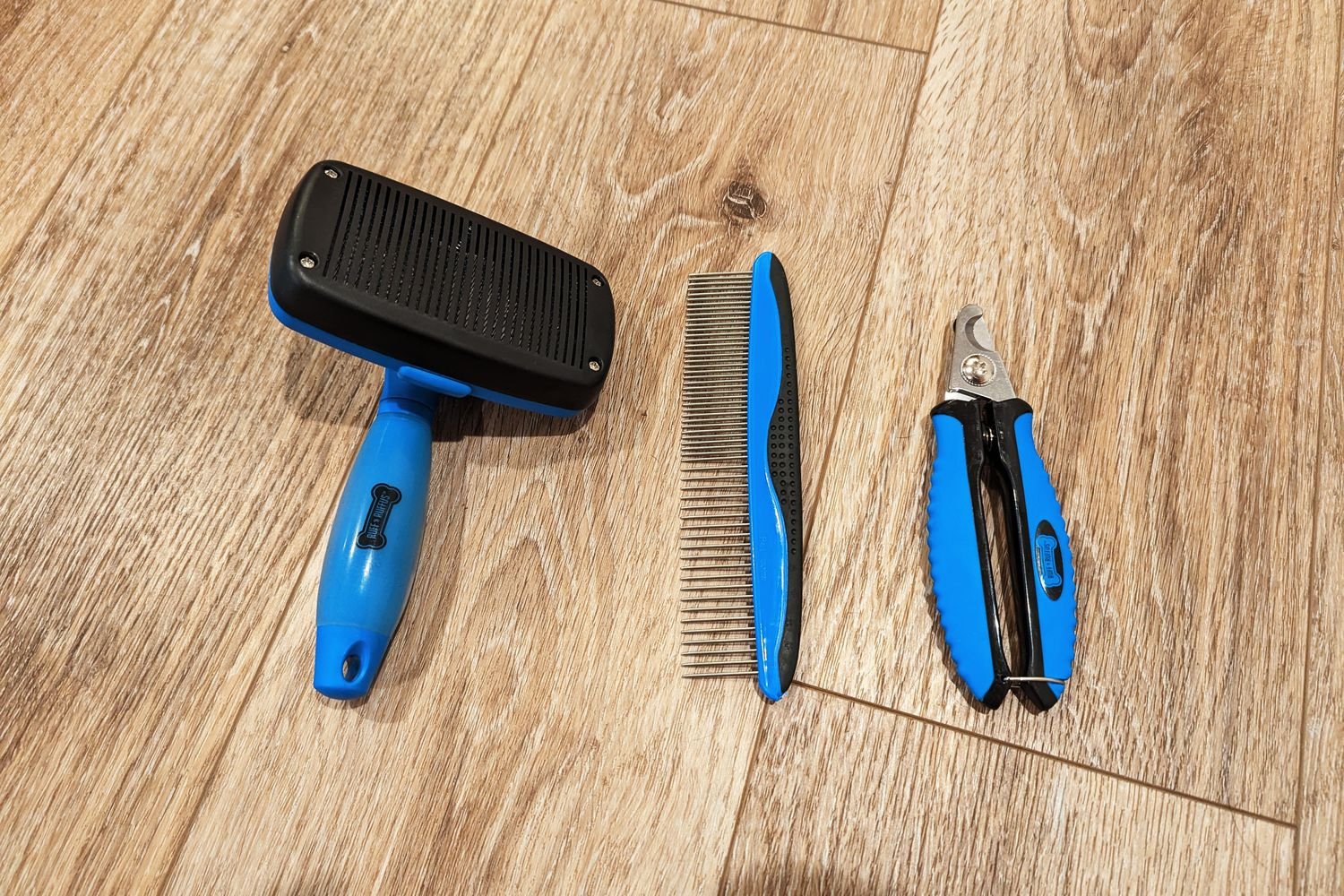
1. Short Coats
Short-haired dogs, such as Beagles and Boxers, have sleek and shiny fur that often requires minimal grooming. However, regular brushing is still important to remove loose hair and dirt. For short coats, a rubber grooming mitt or a soft bristle brush works well. These tools help to distribute natural oils in the coat while effectively removing debris.
2. Medium Coats
Dogs with medium-length fur, like Cocker Spaniels and Bulldogs, benefit from regular grooming to prevent tangles and mats. A slicker brush or a medium bristle brush is ideal for these coats. Slicker brushes have fine, bent wire bristles that can reach through the topcoat to remove loose hair and dirt from the undercoat. When using a slicker brush, be gentle to avoid irritating your dog’s skin.
3. Long Coats
Long-haired breeds such as Golden Retrievers and Afghan Hounds require more attention when it comes to grooming. To effectively care for these coats, a combination of tools is recommended. Start with a wide-tooth comb to detangle the fur, followed by a slicker brush to smooth out the coat and remove any loose hairs. Regular grooming helps prevent mats and keeps your dog looking fabulous.
4. Curly Coats
Curly-coated breeds like Poodles and Portuguese Water Dogs need special grooming tools to manage their unique fur. A pin brush or a slicker brush is best for curly coats. A pin brush has rounded tips that can easily glide through curls without pulling or damaging the hair. Additionally, a detangling spray can help ease knots and keep the coat moisturized. Regular grooming is crucial to prevent matting in these beautiful coats.
5. Wire Coats
Dogs with wiry coats, such as Wire Fox Terriers and Schnauzers, require specific brushes to maintain their texture. A bristle brush combined with a stripping knife can help keep the coat looking its best. The bristle brush removes dirt and loose hairs, while the stripping knife helps to thin out the coat and maintain its shape. It’s important to groom these coats regularly to preserve their distinctive wiry appearance.
6. Double Coats
Breeds with double coats, like Siberian Huskies and German Shepherds, need special attention during shedding seasons. A slicker brush is excellent for reaching the undercoat and removing loose fur. Additionally, an undercoat rake is a fantastic tool for thoroughly grooming double coats, helping to minimize shedding in your home. Regular grooming not only keeps your dog comfortable but also prevents matting and tangling.
7. Sensitive Skin
Some dogs may have sensitive skin, requiring a gentle approach to grooming. For these dogs, opt for a soft bristle brush or a grooming mitt. These tools are less likely to irritate sensitive skin while still effectively removing loose hair and dirt. It’s also essential to introduce grooming gradually, allowing your dog to get used to the sensation without causing stress.
8. Grooming Frequency
The frequency of grooming largely depends on your dog’s coat type. Short-haired dogs may only need brushing once a week, while long-haired or double-coated breeds may require daily grooming, especially during shedding seasons. Regular grooming not only keeps your dog looking good but also provides an opportunity to check for skin issues, parasites, or other health concerns.
9. Professional Grooming
If you’re unsure about how to groom your dog properly, consider seeking help from a professional groomer. They can recommend the best dog brushes for different coat types and provide additional tips for effective grooming. Professional groomers also have the experience to handle any matting or tangles safely.
10. Establish a Routine
Creating a grooming routine is essential for maintaining your dog’s coat health. Set aside specific times for grooming, and make it a positive experience for your dog. Use treats and praise to encourage your pet and make grooming a bonding activity.
Conclusion
Choosing the right dog brushes for different coat types is crucial for your dog’s grooming routine. By understanding your dog’s specific coat type and using the appropriate tools, you can keep your furry friend looking and feeling great. Regular grooming not only enhances your dog’s appearance but also promotes overall health and well-being.





